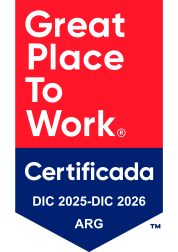Introduction
Visual inspection is the critical first step in evaluating physical assets, providing a comprehensive overview of their condition. This direct contact with the equipment is fundamental, as it determines the need for additional tests, such as dye penetrant for weld flaw detection or magnetic particle analysis for stressed components. This assessment allows for determining the integrity, safety, and functionality of the equipment.
Its main advantage lies in the simplicity of resources needed: a recording method, a camera for documentation, and basic access tools. However, success depends on proper procedures and qualified personnel.
While physical records and digital cameras are still used, the current trend is towards digitalization to optimize data management and minimize information loss.
Process Analysis and Identification of Improvement Points
As a first step towards digitalization, it’s crucial to evaluate the current process and identify all subprocesses that can be optimized through the incorporation of technology.

The analysis focuses on identifying delays unrelated to technical execution, which do not impact the quality of the result. The main bottlenecks identified are: training, recording tools, and data availability for analysis.
Incorporation of Technology and Process Adjustments
Initially, digital cameras were taken out of service and replaced with tablets. This change enabled the possibility of incorporating a digital forms management application, Lemon Forms®, which allows the user to record findings in writing, linking photographic evidence to them.
The ability to customize forms also allowed for the inclusion of pop-up windows that serve as reminders of the inspection procedure, where acceptability criteria and examples could be found. Additionally, other tablet functions could be leveraged, such as recording the geolocation of the inspection. Furthermore, associating the application with an SQL-type database provided greater backup for the generated information, as well as data availability for subsequent analysis.
Given that the activities carried out generally occur in remote sites with low connectivity, offline use was considered during the application’s design. This allows users to register and work without the need for an internet connection, automatically uploading records to the database once connectivity is restored. Another important aspect in this regard is the possibility of scheduling tasks for users using a reminder system. This alert system was also applied to inform reviewers about pending records for their approval, reducing communication times.
In this way, the overall process was optimized, resulting in a radical reduction in times, mainly in preparation, loading, and information dissemination tasks. The following diagram presents the adjustments made to the workflow:

It’s clear that not everything is a benefit, and like any change, it has its implications. Firstly, the need to replace equipment implies an expense and a gamble that the change won’t result in failure over an already proven model. Secondly, the need for a change in work culture, which often requires more frequent training to support and establish the change.
Regarding the cultural aspect, the application incorporated the possibility of scoring the record submitted by the inspector and evaluated by procedural parameters by the technical manager (RT) of the service. In this way, it was possible to evaluate not only the quality of the records but also the productivity and efficiency of each inspector (number of inspections taken per week indicated by the bubble diameter).

Implementation and Performance Measurement
The implementation of the new work methodology for visual inspection was accompanied by a series of training sessions, both in the technical execution of tasks and in the use of tools. To this end, monitoring points were defined, and execution times for certain process milestones were evaluated.
The most significant positive change in the new process was in inspection preparations (printing blank forms for field completion), and the digitization and transcription of records (plus their subsequent interpretation in the office).

In addition to the measurement and evaluation of results, an evaluation of the inspection results was performed on the sampled data. In total, about 784 records, collected over 6 months, were considered. For this purpose, results were categorized by asset type and by the theme impacted by the analyzed item.


Having a global view, segmented by theme, of the deviations detected makes it more practical to notify the different areas of the company to carry out the corrective actions. It’s not the same to have 784 isolated records with observations as it is to have a consolidated and cataloged database. This way, efforts can be focused, and actions can even be organized into an Eisenhower matrix (important-urgent).
Another positive aspect of having structured and available information is the possibility of creating monitoring and management dashboards.
Conclusion
The digitalization of processes presents many challenges to work culture. However, the benefits of its implementation far outweigh these, improving the daily work of task executors and the quality and availability of generated information.






















